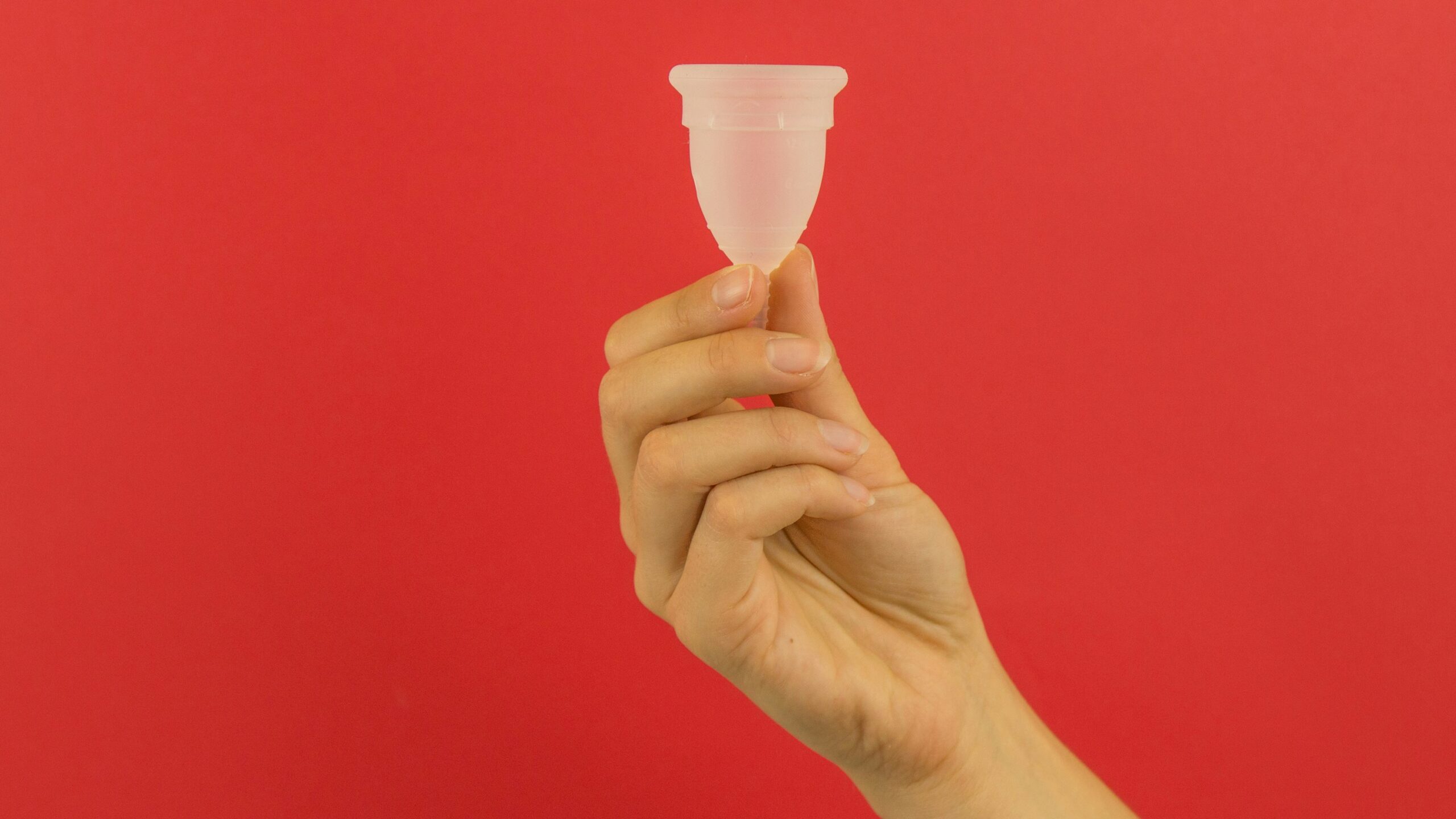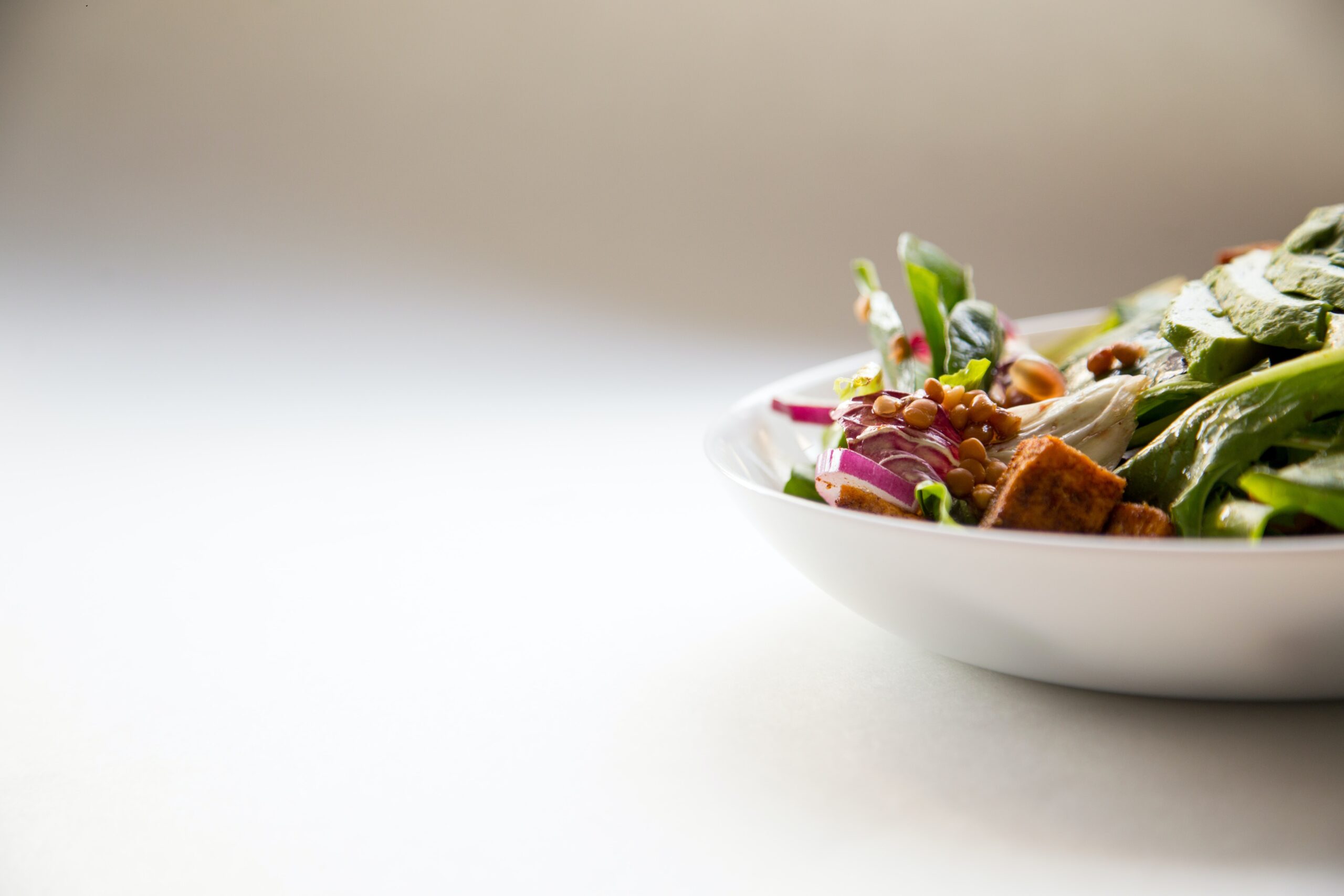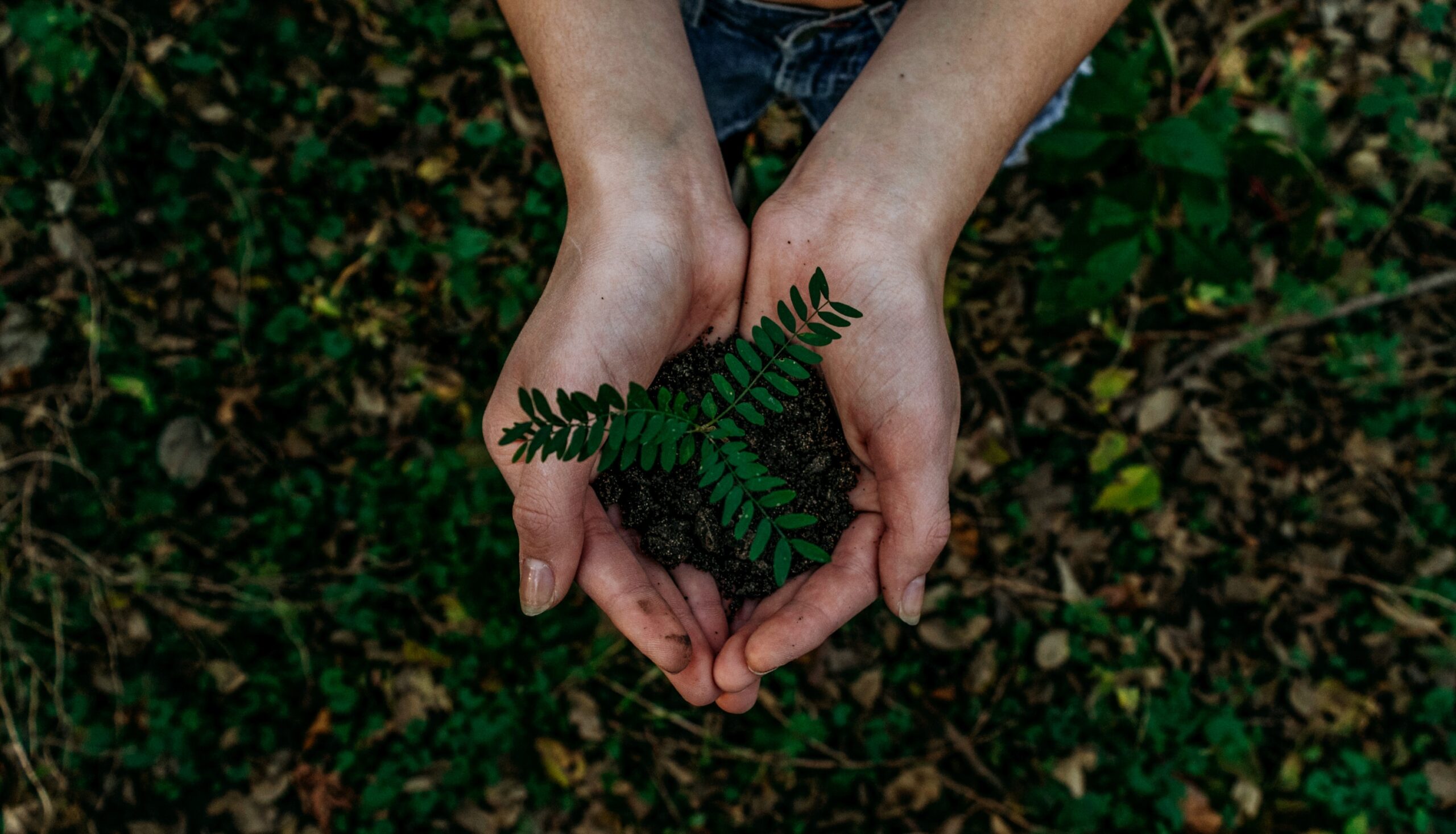I would like to say I truly have a waste free period every month, but I’m not there yet. I am getting closer, though, and for me, the first step was definitely the biggest.
For over a decade now I have used a menstrual cup. I have no no desire to go back. There are days I don’t think it’s the most convenient choice I’ve ever made, but I do think that the benefits outweigh the inconveniences.
There are four main places where I think this could be likely to hit you:
Before I get into the potential impacts on your body, I should point out that I’m not a doctor. My comments or claims are based on my own research and applied logic. That’s it. At the end of the day, they’re really just my opinions. They’re yours to take or leave as you see fit, and to – of course – talk to your actual doctor about.
So, now, consider if a waste free period could also be better for your body.

Tampons are, at their core, bleached cotton. I don’t know why they felt the need to bleach it, clean would have been enough for me, however people have grown accustomed to tons of things to be white. White rice, white flour, white toilet paper, white tampons. So, they bleach it. And now you’re going to go ahead and stick it up inside one of the most vulnerable parts of your body that you have access to.
I draw a comparison to my mouth. Both hot, wet, warm, (queue jokes) and they both absorb things into the bloodstream fairly quickly. Now think about sucking on bleach soaked cotton. It sounds gross in a lot of ways. Your mouth is a moist environment, you don’t want it to be that dry. Plus, you know, bleach.
Your vagina isn’t all that different. It doesn’t want to be dry. It doesn’t want bleach.
Menstrual cups, on the other hand, are made of a medical grade silicone. They’re not absorbent, so they won’t dry you out. To the best of my understanding, they’re not leeching anything into your system, either.
What about convenience?

Menstrual cups can be worn safely for up to 12 hours, and even if you need to empty it more often than that it likely won’t be every two hours like tampons. This is where you save on your time – fewer trips to the restroom throughout the day. And just less of the stress and nuisance of worrying about leaks or extended use.
This is true when you sleep, too. You likely won’t need to get up in the night to empty it, and you may decrease the number of instances of night time leaks. I still get some, especially if I sleep on my stomach, but that’s just my heavy flow…
Not to mention all of the little conveniences along the way. You don’t have to shop for more period products each month. No restocking your purse.
Waste free period means lest wasted money, too!

This one is really simple. One menstrual cup will cost you about $30 and last you over a year. Assuming you use a small box of tampons (or pads) every period, and assuming they cost $5, in 12 months you will have spent $60. And I would say that’s a very conservative estimate. So, conservatively, it’s half the cost. If you have a heavier flow, the tampon cost goes up but the menstrual cup doesn’t.
What’s more, many women find that they don’t need to wear liners with their menstrual cup. I still do, but this one purchase has the potential to replace multiple products.
Then there’s the environment.

I put it last on purpose. People are more often motivated by selfish means, and I don’t think that’s necessarily a bad thing.
Feminine products have to go somewhere. They have to come from somewhere.
I honestly get anxiety at the thought of my waste products sitting in a landfill. That’s why Keurig machines make me shudder. I have little say over the fact that this happens to me every month, but I have a lot of say over how I handle it.
I’m extremely fortunate to live in a society where having a period never kept me out of school for a week out of every month, nor has it prevented me from being able to hold a steady job. (This happens abroad where sanitary and portable methods of dealing with your period are not so readily available.) However, I don’t need to contribute to our nation’s issues of wastefulness and consumerism just because I have this need every month. I found a more sustainable option.
Downsides?

It would only be fair for me to warn you that they can also be messier. If you’re not used to seeing or accidentally touching your own fluids, this is great way to become used to it. If, like me, you grew up on OB tampons, then having your own fingers near your vagina while you’re having your period is nothing new. I will say, though, you’ll get better at it. After the first month or two you’ll figure out how to deal with it with little to no mess.
Some people complain of having a difficult time removing them, but I have never experienced that. It can also get expensive if you are dead set on finding your “Goldilocks” fit, as there are many different brands and styles to choose from. I was lucky; the Diva Cup worked great for me on the first try. After having a baby the Diva cup wasn’t so ideal anymore, and I switched to a Lumma Disc – also a great fit on the first try!
—
We’re women. This is going to happen to us every month. Might as well not let it be another way that the corporate world makes a profit off of us, and we might as well not let it be more of an inconvenience than it has to be.







